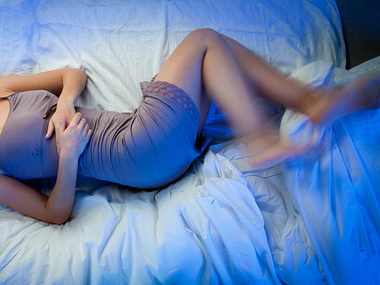What you can Do about RLS
According to statistics, Restless Leg Syndrome (RLS) affects about ten percent of the adult population in the world, and more than a million school-age kids in the USA also have the condition. RLS is a disorder that affects the legs, and its key features include tickling and twitching of the muscles on a leg when a person is lying down or sitting.
Walking around or moving the legs (regularly) will offer some relief to people with this condition. However, this is not a permanent solution. There are also remedies that can give a patient, sometimes even a long lasting one.
Create a relaxing sleep environment
Symptoms of RLS will in most flare up at night or in the evening when you are relaxing, and they can make it hard for you to sleep. Creating a relaxing environment in the bedroom is one way to try and get some proper rest over the night. It might not look like a remedy for the condition, but it is very effective measure that can really make the symptoms go away or at least considerably diminish them. You should remove all possible distractions in the bedroom and make the room as dark as possible. The temperature is also vital, and the National Sleep Foundations recommends anything up to 75 degrees Fahrenheit.
Try adjustable foot wraps
Research by the Lake Erie Research Institute, Pennsylvania, shows that putting some pressure on the muscles that RLS activates can offer you significant relief. And for this, you should use adjustable foot wraps. The same study found that they were up to 1.4 times more useful than most pharmaceutical treatments that people use to deal with the condition.
Massage your legs
A recent article on Rider’s Digest proposes massage as one of the best home remedies for RLS, and most doctors and experts seem to agree with this. Giving your legs a soothing massage before bed can make a significant difference, and for the best results, you should make this a routine thing.
Treating your muscles with cold and warm packs in an alternating manner can also be effective because the sudden temperature changes will help relax the muscles.
Exercise the legs
According to the Mayo Clinic, a notable medical website, light or moderate exercises that stretch the muscles on the legs are very useful in dealing with RLS. However, they also warn that excessive workout will strain the muscles and hence make the situation worse for you.